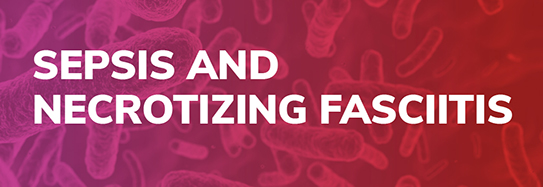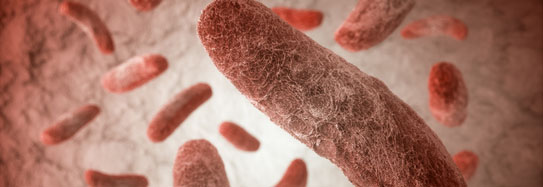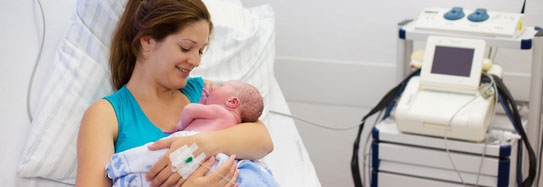Necrotizing fasciitis, the so-called “flesh-eating disease,” is a rare but serious infection. While many types of bacteria can cause this, a very severe form is caused by Streptococcus pyogenes, sometimes called “flesh-eating bacteria.”
The infection often begins like most others – through a cut or a scrape. However, unlike other infections, this one spreads very quickly as the bacteria do their damage. They grow and release a harmful substance that destroys surrounding tissue and can enter the blood stream.
Infection can also occur in surgery, childbirth, or any type of event that causes a trauma to the body. Necrotizing fasciitis is not contagious, nor is it communicable between people. The only way to get it is to become infected with the bacteria, just as you would get an infection in a cut at any other time.
The bacteria “eat away” at muscles, skin and underlying body tissues. Doctors must act fast to stop the infection before it spreads and before sepsis develops.
Sepsis is a life-threatening emergency that happens when your body’s response to an infection damages vital organs and, often, causes death. Like strokes or heart attacks, sepsis is a medical emergency that requires rapid diagnosis and treatment.
Suggested Citation:
Sepsis Alliance. Sepsis and Necrotizing Fasciitis. 2024. https://www.sepsis.org/sepsisand/necrotizing-fasciitis/
Updated March 14, 2024.









































